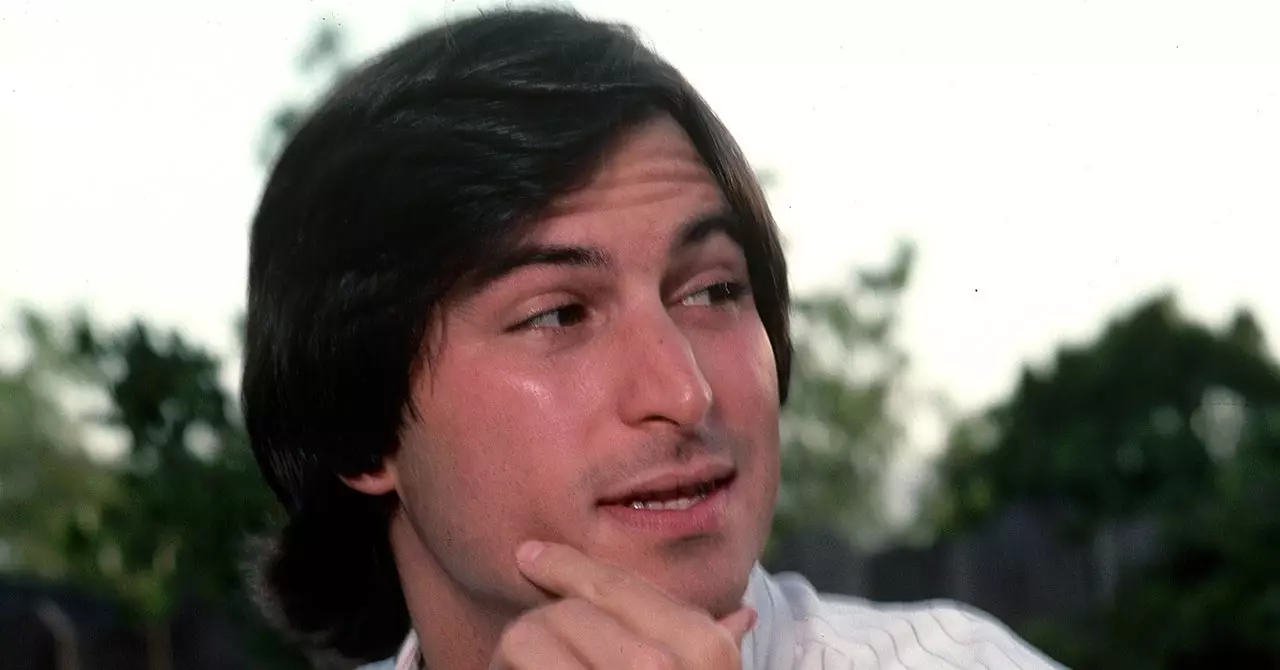Back in 1983, a 28-year-old Steve Jobs took to the stage at an Aspen International Design Conference to deliver a speech that would change the course of history. Jobs, known for his innovative ideas and futuristic vision, was about to make a bold statement that would foreshadow the rise of personal computers and their impact on society. Little did the audience know that they were witnessing a pivotal moment in technological history.
The Transformation of Communication
Jobs began his speech by addressing the audience, composed mostly of designers, and highlighted the impending revolution in communication. He emphasized the role of personal computers as the future medium of communication, surpassing traditional forms such as television. Jobs predicted that computers would become an essential part of daily life, shaping the way people interact and share information.
Challenging the Status Quo
During his speech, Jobs challenged the audience to rethink their perception of technology and embrace the inevitable changes that would come with the rise of personal computers. He pointed out that the younger generation, although familiar with televisions, was still in the early stages of adapting to the digital age. Jobs urged designers to envision a world where computers were seamlessly integrated into everyday activities.
Despite the skepticism from some members of the audience, Jobs remained steadfast in his vision of a computer-dominated future. He made bold claims about the widespread adoption of computers, surpassing traditional modes of transportation like cars. Jobs foresaw a connected world where electronic mail and digital communication would become the norm, revolutionizing how people interacted with each other.
A Standing Ovation for a Revolutionary Idea
As Jobs concluded his speech, the audience was captivated by his vision and gave him a standing ovation. His ability to forecast the future of technology with such conviction resonated with the audience, inspiring them to embrace the possibilities that lay ahead. Jobs’ confidence in the transformative power of computers left a lasting impression on the attendees, setting the stage for the digital revolution that would follow.
A Time Capsule of Innovation
Before leaving the conference, Jobs was asked to contribute an item to a time capsule that would be opened in the year 2000. He chose to include a mouse from the Lisa Computer, symbolizing the evolution of computer technology over the years. Jobs’ decision to place the mouse in the time capsule alongside other artifacts reflected his belief in the enduring impact of his vision for the future.
Today, Steve Jobs’ groundbreaking speech serves as a reminder of his visionary outlook on technology and its transformative potential. His ability to anticipate the impact of personal computers on society foreshadowed the digital age we live in today. Jobs’ legacy as a pioneer in the tech industry continues to inspire future generations to push the boundaries of innovation and usher in a new era of possibilities.
Steve Jobs’ speech at the Aspen International Design Conference in 1983 marked a turning point in the history of technology. His foresight and bold predictions about the future of personal computers paved the way for a digital revolution that continues to shape the way we live, work, and communicate. Jobs’ visionary outlook serves as a testament to the power of innovation and the endless possibilities that arise when we dare to dream big.


Leave a Reply
You must be logged in to post a comment.